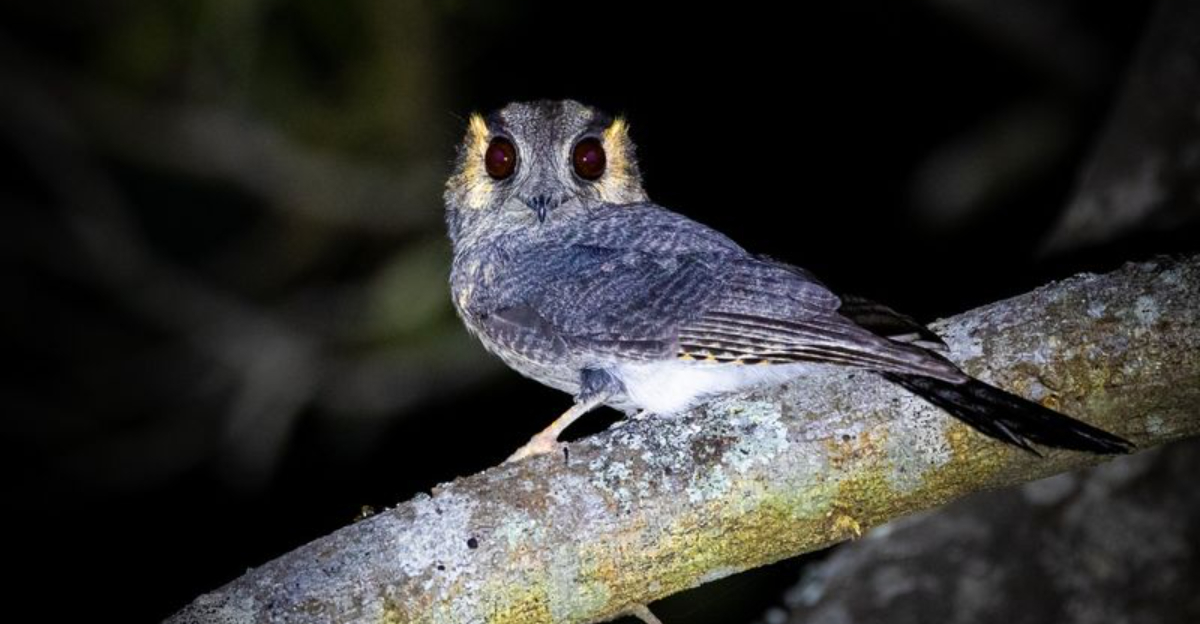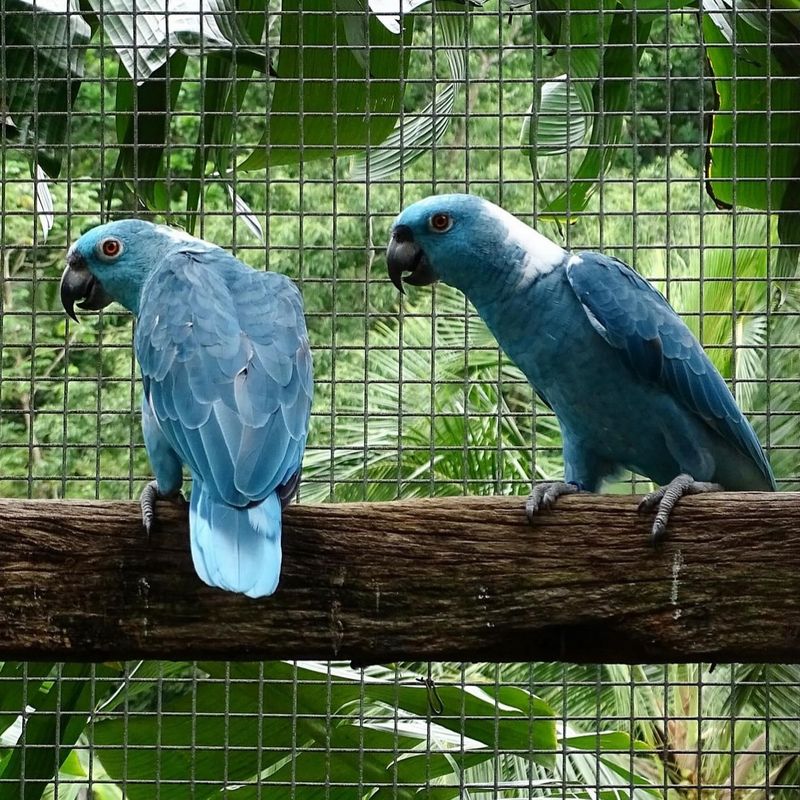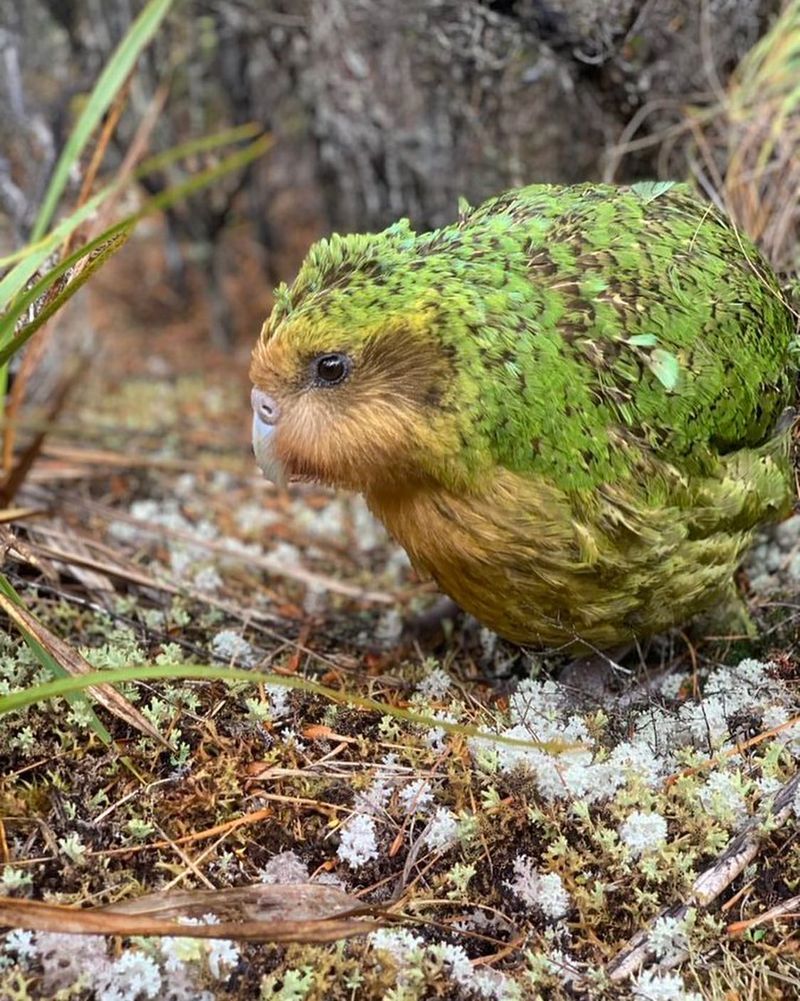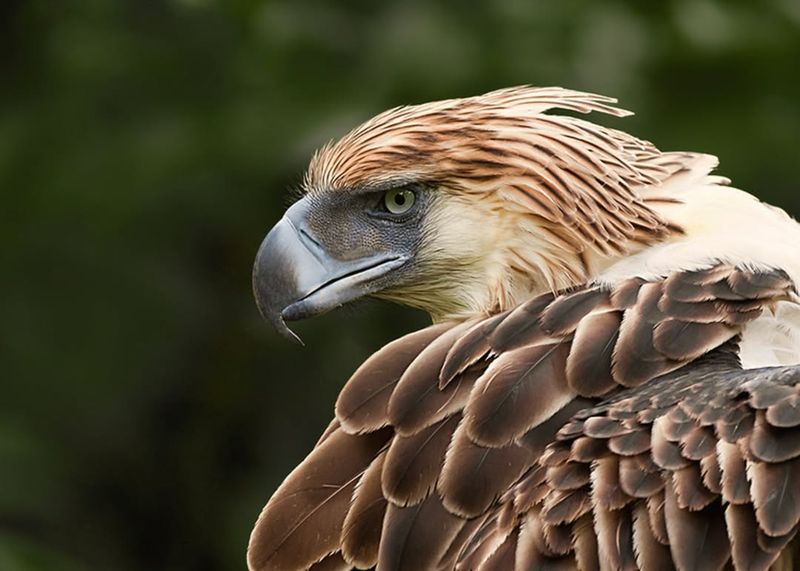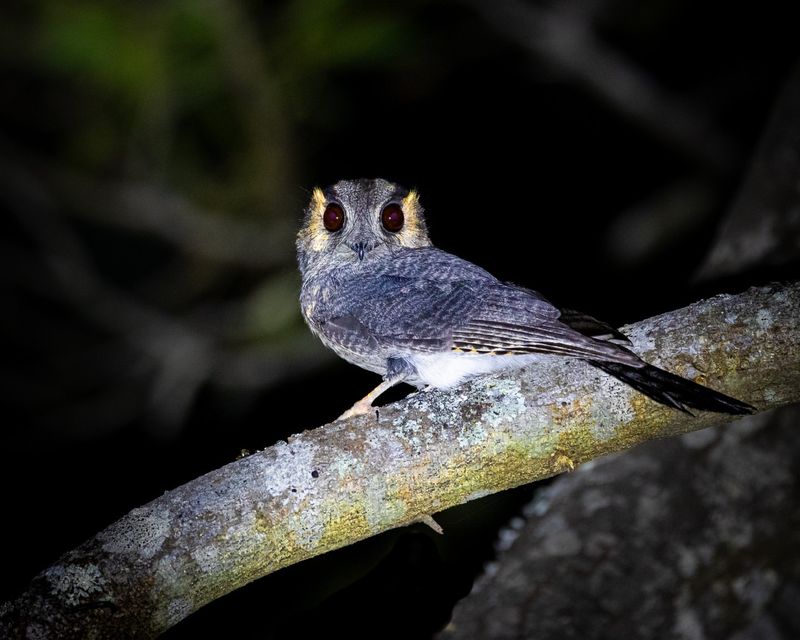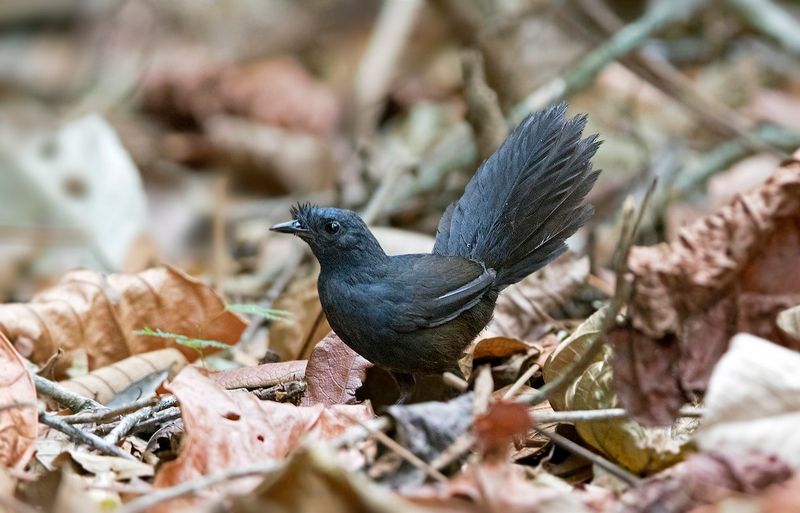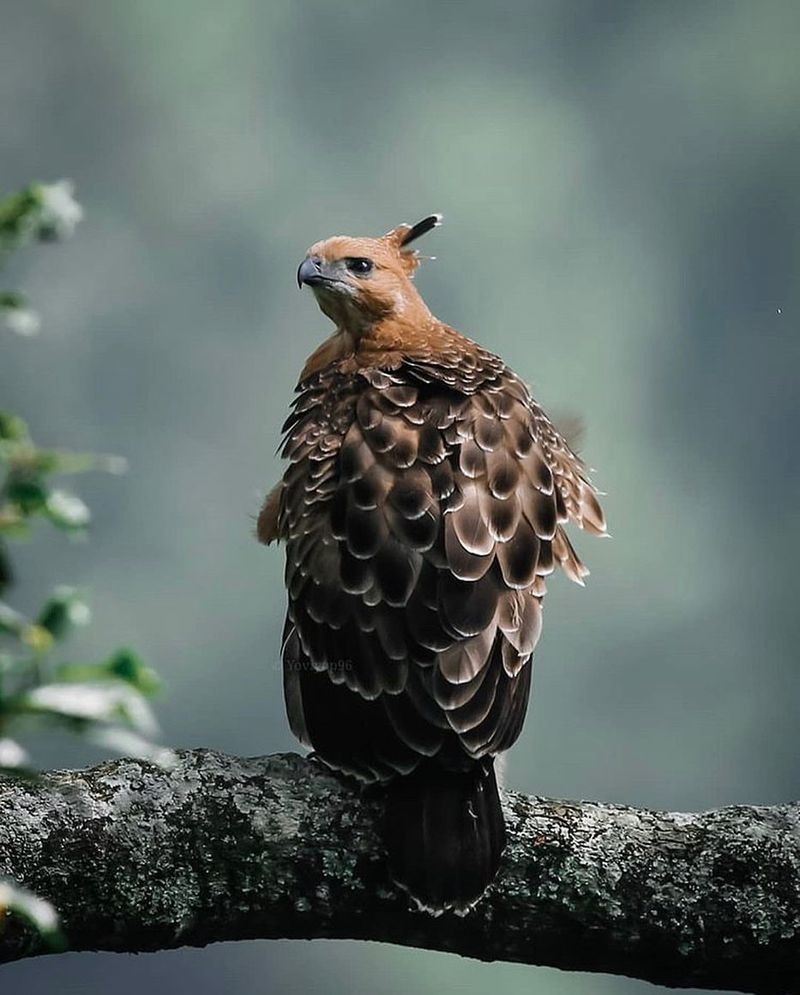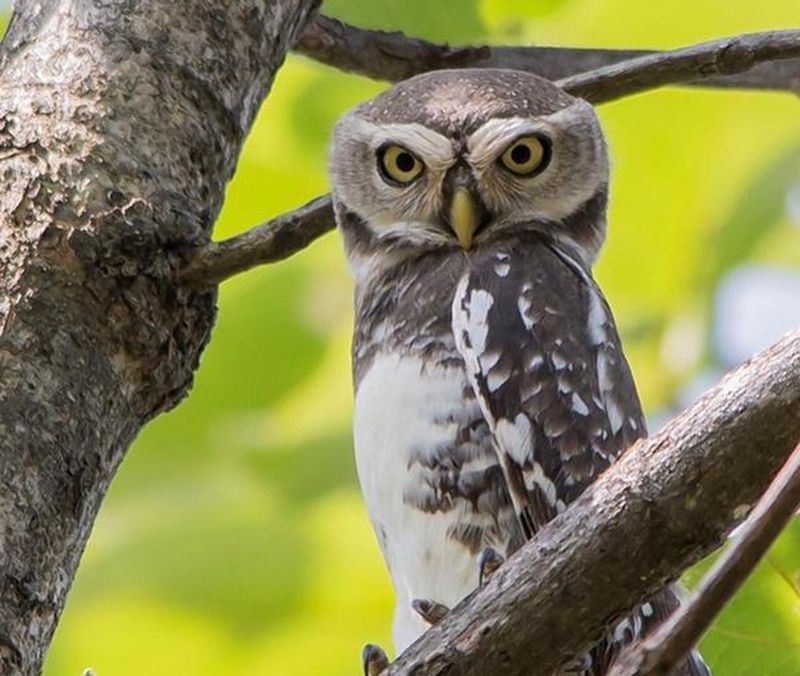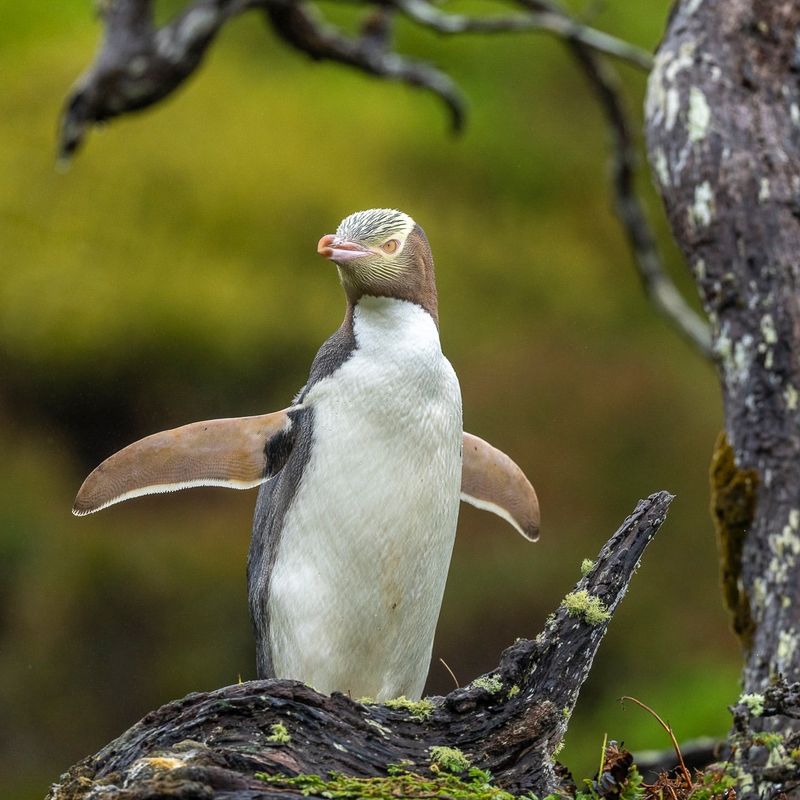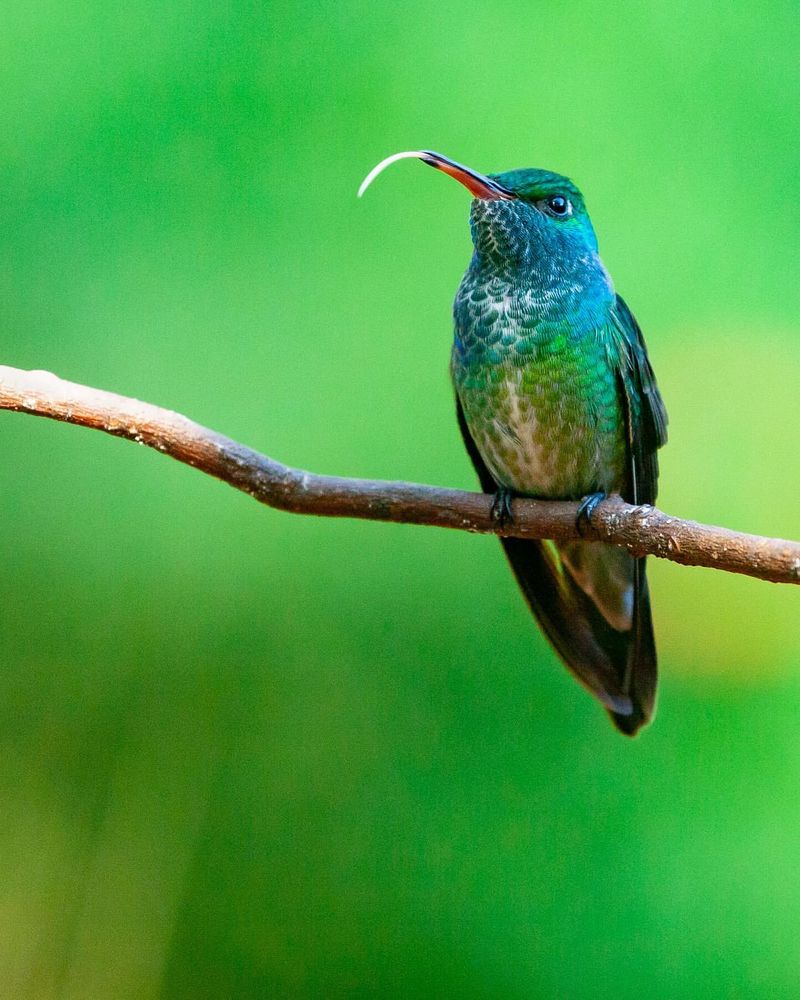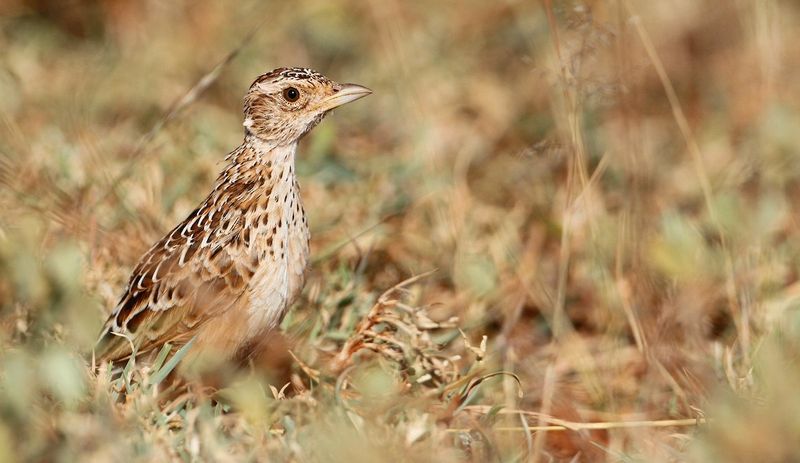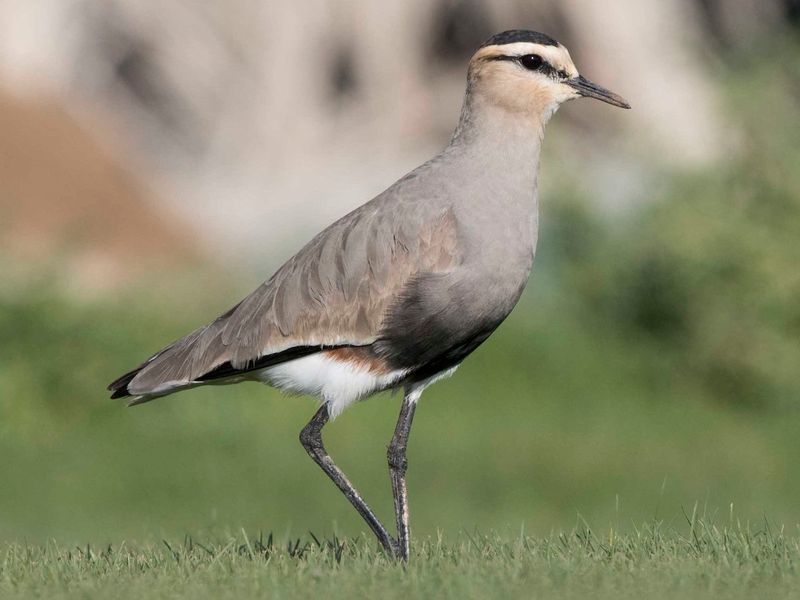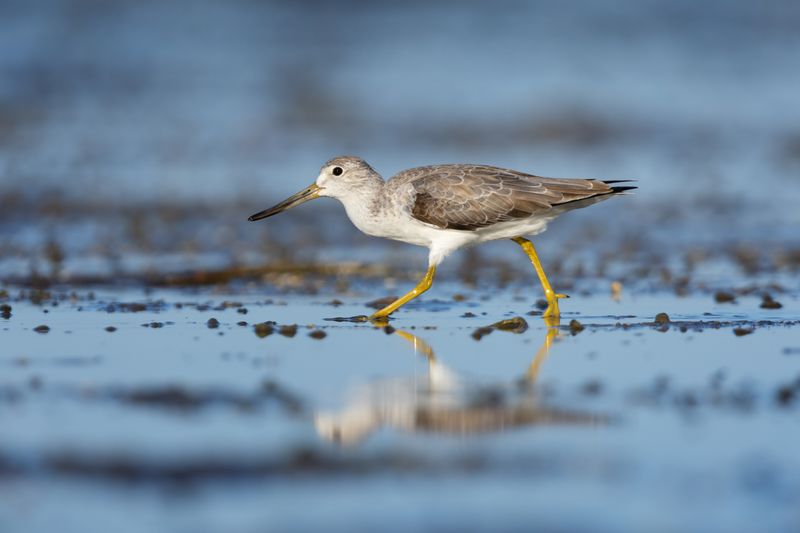📖 Table of Content:
The world’s most extraordinary birds captivate with their beauty and uniqueness, offering a glimpse into the incredible diversity of avian life. Found in remote forests, isolated islands, and hidden corners of the globe, these elusive creatures are true wonders of nature. Their distinct appearances and fascinating adaptations reveal how they thrive in some of the most challenging environments on Earth.
Many of these birds are on the brink of disappearing, facing threats from habitat loss, climate change, and human activity. Their dwindling populations highlight the importance of preserving their ecosystems and supporting conservation efforts. These feathered marvels remind us of the delicate balance that sustains the natural world.
Join us on a journey to discover some of the most elusive and endangered birds on the planet. Explore their stunning features, uncover their unique habitats, and learn about the resilience that keeps them alive against the odds. These remarkable species are a testament to nature’s brilliance and fragility.
1. Spix’s Macaw
Endemic to Brazil, Spix’s macaw is a rare parrot once believed extinct in the wild. With its striking blue feathers, it is a stunning presence near the Rio São Francisco. Conservation efforts have recently reintroduced a small population into its natural habitat.
These birds are a true symbol of hope for conservationists. Although sightings are rare, dedicated bird watchers may catch a glimpse by joining specialized bird tours in the region.
Their story inspires global efforts to save other endangered species, reminding us of the delicate balance of nature.
2. Kakapo
Native to New Zealand, the kakapo is an owl-faced parrot considered one of the world’s most endangered birds. Famous for its inability to fly, this nocturnal bird roams the forest floor with surprising agility, captivating the attention of conservationists and bird lovers.
With fewer than 200 individuals left, kakapos are closely monitored on predator-free islands like Codfish Island. Conservation programs employ technology, like tracking devices, to protect them.
Visitors to these islands may spot these charming creatures on guided nocturnal tours. The kakapo’s plight highlights the urgent need for conservation and the impact of human activity on wildlife.
3. Philippine Eagle
The Philippine eagle, also known as the monkey-eating eagle, is among the world’s largest and rarest birds of prey. Found only in the Philippines, less than 400 individuals remain in the wild.
These eagles inhabit thick forests, making sightings both challenging and rewarding for bird enthusiasts. Conservation areas like Mount Apo offer the best chances to see them.
Efforts to save the Philippine eagle focus on habitat protection and education. These magnificent creatures symbolize the beauty and fragility of nature’s balance.
4. New Caledonian Owlet-Nightjar
Shrouded in mystery, the New Caledonian owlet-nightjar is one of the world’s least observed bird species. Residing in the dense forests of New Caledonia, it has been recorded only a handful of times, captivating ornithologists with its elusive nature.
Its elusive nature means little is known about its habits and lifestyle. Researchers continue to explore its natural habitat, hoping to learn more.
For those seeking adventure, New Caledonia’s unexplored woods offer a thrilling opportunity to possibly encounter this enigmatic bird.
5. Stresemann’s Bristlefront
Known for its unique bristle-like feathers, Stresemann’s bristlefront is critically endangered, with only a handful of individuals remaining. Found in Brazil’s Atlantic Forest, its survival is threatened by habitat destruction.
Efforts to save this bird focus on habitat preservation and restoration. Birdwatchers can support these initiatives by visiting the region and participating in conservation programs.
The bristlefront’s rarity makes it a symbol of the urgent need for environmental sustainability and protection.
6. Javan Hawk-Eagle
The Javan hawk-eagle, Indonesia’s national bird, is critically endangered with only a few hundred left. This majestic raptor, native to Java, inhabits dense tropical forests.
Its striking appearance and impressive hunting skills make it a fascinating subject for bird enthusiasts. Conservation programs aim to protect its habitat and ensure its survival.
Visitors can witness these impressive birds in places like Gunung Halimun Salak National Park, experiencing the thrill of spotting an apex predator in its natural environment.
7. Forest Owlet
Once believed to be extinct, the forest owlet was rediscovered in central India in 1997, sparking hope for its survival. Endemic to the region, this small owl now faces significant challenges from habitat loss and environmental degradation.
Its elusive nature makes it a prized sight for birdwatchers visiting the area. Conservation efforts focus on protecting its limited habitat and raising awareness among local communities.
The forest owlet’s rediscovery is a beacon of hope for conservationists, highlighting the importance of continued exploration and study of our planet’s biodiversity.
8. Spoon-billed Sandpiper
Teetering on the brink of extinction, the spoon-billed sandpiper is renowned for its distinctive spoon-shaped bill. Breeding in Russia’s remote Chukotka region, this remarkable bird embarks on long migrations to the coastlines of Southeast Asia, where it faces numerous threats to its survival.
Habitat loss and hunting have drastically reduced its population, now estimated at fewer than 200 pairs. Conservationists are working on breeding programs and habitat restoration.
Birdwatchers can spot these tiny shorebirds during migration, offering a rare chance to witness their remarkable journey. Their plight underscores the need for international cooperation in conservation efforts.
9. Yellow-eyed Penguin
The yellow-eyed penguin or “hoiho” is one of the world’s rarest penguin species. Found on New Zealand’s southeastern coast, this penguin is known for its pale yellow eyes and headband.
Human activity, habitat destruction, and climate change threaten its survival. Conservation efforts include habitat protection and predator control.
Visitors can observe these unique penguins in places like the Otago Peninsula, where guided tours offer insights into their behavior and ecology. The yellow-eyed penguin’s struggle serves as a reminder of the delicate balance between wildlife and human progress.
10. Honduran Emerald
Endemic to the arid scrublands of Honduras, the Honduran emerald is a rare hummingbird admired for its vibrant green plumage and rapid, darting flight. This striking bird is a true delight for birdwatchers fortunate enough to spot it.
Habitat loss poses the biggest threat to its survival, with efforts focused on preserving its unique ecosystem. Bird enthusiasts can explore these scrublands, experiencing the thrill of spotting this dazzling creature.
The Honduran emerald’s beauty and rarity highlight the importance of habitat conservation, inviting both local and international support for its protection.
11. Liben Lark
Found exclusively in Ethiopia, the Liben lark is critically endangered, with fewer than 250 individuals left. Its survival depends on the grasslands of the Liben Plain, which are under threat from overgrazing and agricultural expansion, putting this rare bird at grave risk.
Conservation efforts include habitat restoration and community engagement to protect this unique ecosystem. Birdwatchers seeking to spot the Liben lark must venture into Ethiopia’s open landscapes.
This bird’s plight emphasizes the need for sustainable land use practices and the value of preserving biodiversity in rapidly changing environments.
12. Sociable Lapwing
The sociable lapwing, once abundant, is now incredibly endangered. It breeds in the steppes of Kazakhstan and migrates to the Middle East and India.
Habitat loss and hunting have severely impacted its numbers. Conservationists are working on international agreements to protect its migratory routes and breeding grounds.
Birdwatchers can follow the lapwing’s journey across continents, witnessing the challenges faced by migratory birds. Its story is a call to action for global conservation efforts, highlighting the interconnectedness of ecosystems.
13. Nordmann’s Greenshank
A rare and elegant shorebird, Nordmann’s greenshank breeds in eastern Russia and migrates to Southeast Asia. Unfortunately, its population is rapidly declining due to habitat loss in both its breeding and wintering grounds, highlighting the urgent need for conservation efforts.
Conservation efforts focus on international collaboration to protect key sites along its migratory path. Dedicated birdwatchers may encounter these elusive birds in coastal wetlands during migration.
The greenshank’s journey illustrates the importance of protecting migratory routes and the urgent need for global cooperation in conservation strategies.
